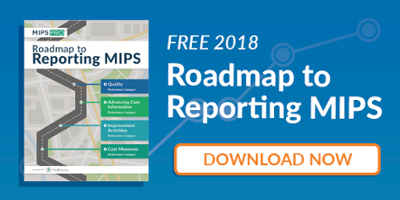Interoperability
Although the current administration is tending toward deregulation overall, CMS is actually proposing stricter rules because the healthcare system has not succeeded in putting patients' needs first. At HIMSS this year, the sense was that we are currently at the beginning of a marathon in terms of interoperability, including patient access and technology.
The Office of the National Coordinator for Health Information Technology (ONC) proposed rule on interoperability and information blocking intends to increase innovation by giving patients and providers secure access to health information and new tools, allowing for more choice in care and treatment. It calls for the healthcare industry to adopt standardized application programming interfaces (APIs) to allow people to securely and easily access structured electronic health information using smartphone applications.
CMS has proposed updates to the MyHealthEData Initiative, which was originally announced at HIMSS18. The aims of this initiative are to promote patient access and data ownership by improving patients’ ability to access and transmit their own records, as well as to reduce restrictive burdens on healthcare providers.
CMS also proposed updates to Blue Button 2.0, a program under the MyHealthEData initiative that uses APIs to give patients access to their own data.
Machine Learning and Artificial Intelligence
AI is everywhere, and it’s best leveraged when tied to outcomes. The buzz this year focused on early patient identification and preventive measures, using EHI and other available demographic information to predict social determinants of risk. “When all of this data available," said CMS Administrator Seema Verma, "physicians and health systems will use tools like artificial intelligence and machine learning to help interpret the information to provide high quality, evidence-based, cost-effective care, and the tools that are used at a point of care will be user-friendly for clinicians […] giving access to the right data for the right person when they need it.”
Blockchain
Currently there is a lot of talk about shoehorning blockchain into various applications. Blockchain allows secure targeted sharing of healthcare data, but needs partners to make it work. Its current value seems to primarily lie in reducing healthcare cost. However, blockchain largely remains a solution looking for a problem in this sector.
Patient Involvement
Patients have a right to their data, which is why a major focus this year was the need for a common language that can be organized to communicate effectively with them. The proposed rule focused on patient apps, reasoning that effective data sharing will lower costs, increase access to care, and improve patients' involvement in their own care. Healthcare industry thought leaders recognize that data and infrastructure standards must be implemented throughout the industry to optimize the use of health data. Effective data use can allow patients to bring their health records with them wherever they go, and to communicate and be monitored from home.
Overall Takeaways
HIMSS is like a barometer for the state of the industry, and this year’s conference provided many fascinating insights. The joy of throwing around the buzzword “big data” seems finally to have worn off, for example, and was (in contrast to the last few years) nowhere to be heard. Now the focus of the HIT industry is on interoperability: although we’ve amassed all this data, the data is unreadable, stuck in siloes, or not appropriately matched. The HIT industry seems to be reaching a level of maturity as having HIT is no longer optional and has been universally adopted by the big players in the healthcare industry. Despite this focus, though, it is clear that we are only at the beginning of a “marathon to true interoperability.”



